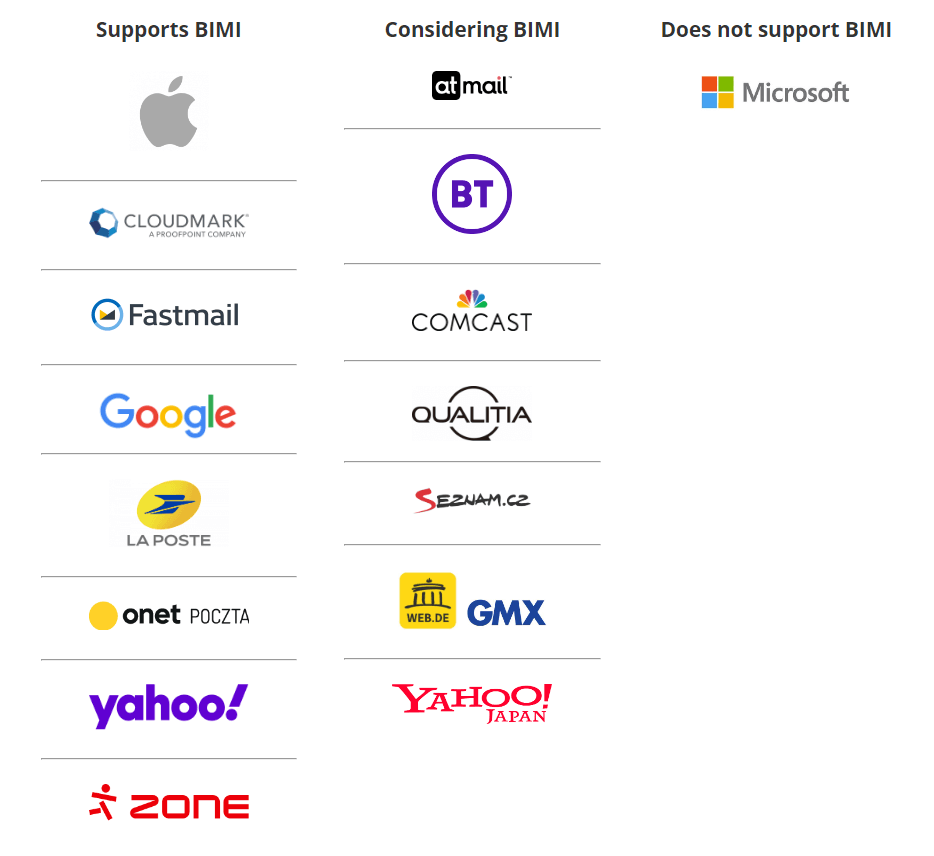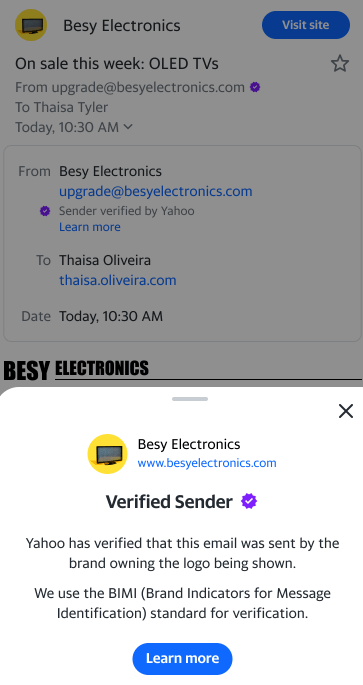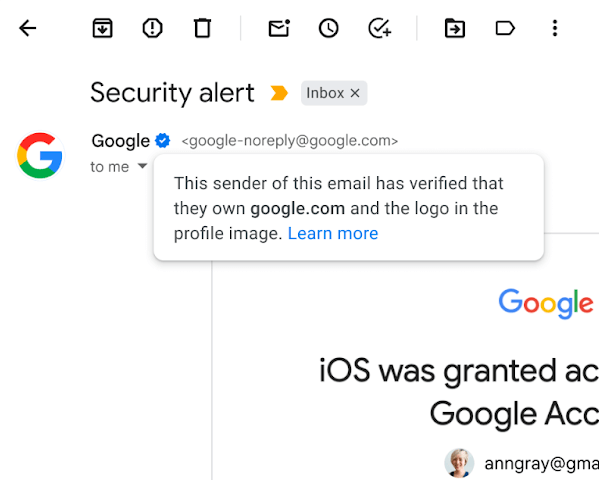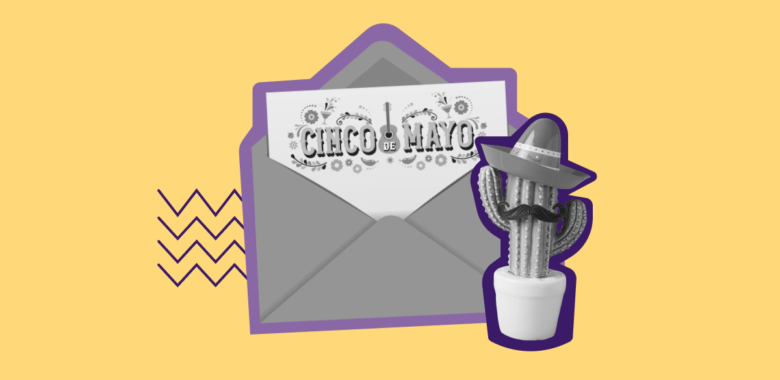While Amazon is not on the list of supporters, their very own email platform called Amazon Simple Email Service (SES) supports BIMI, and in March 2023, they launched the feature that allows companies to spot missing or misconfigured BIMI configuration for all of their email sending domains in SES.
However, the main question remains:
Do I need BIMI in 2023?
While the main argument against BIMI implementation is the high cost of a VMC certificate, it’s important to remember what stands behind BIMI in the first place: security, not looks.
BIMI might make the most sense for big-name brands or industries where a fraudulent email can cause major damage. However, the unpleasant truth is that business of any size could be spoofed. Since SMBs often lack even basic authentication (SPF and DKIM), they become an easy target, meaning they risk losing a good reputation and facing disastrous financial consequences if their subscriber’s money gets stolen.
If you consider potential losses due to the lack of security protocols, going all the way to become BIMI-ready might save you enough money to soon afford a VMC certificate.
The bottom line
The advantages of BIMI:
- It protects senders and recipients from phishing attacks and promises better security and deliverability.
- It makes your messages more visible to your target audience which has the potential to improve your email metrics.
- It gives you better control of how your brand looks.
Once you’ve implemented BIMI, we advise you to measure success and compare the “before” and “after” metrics.





















